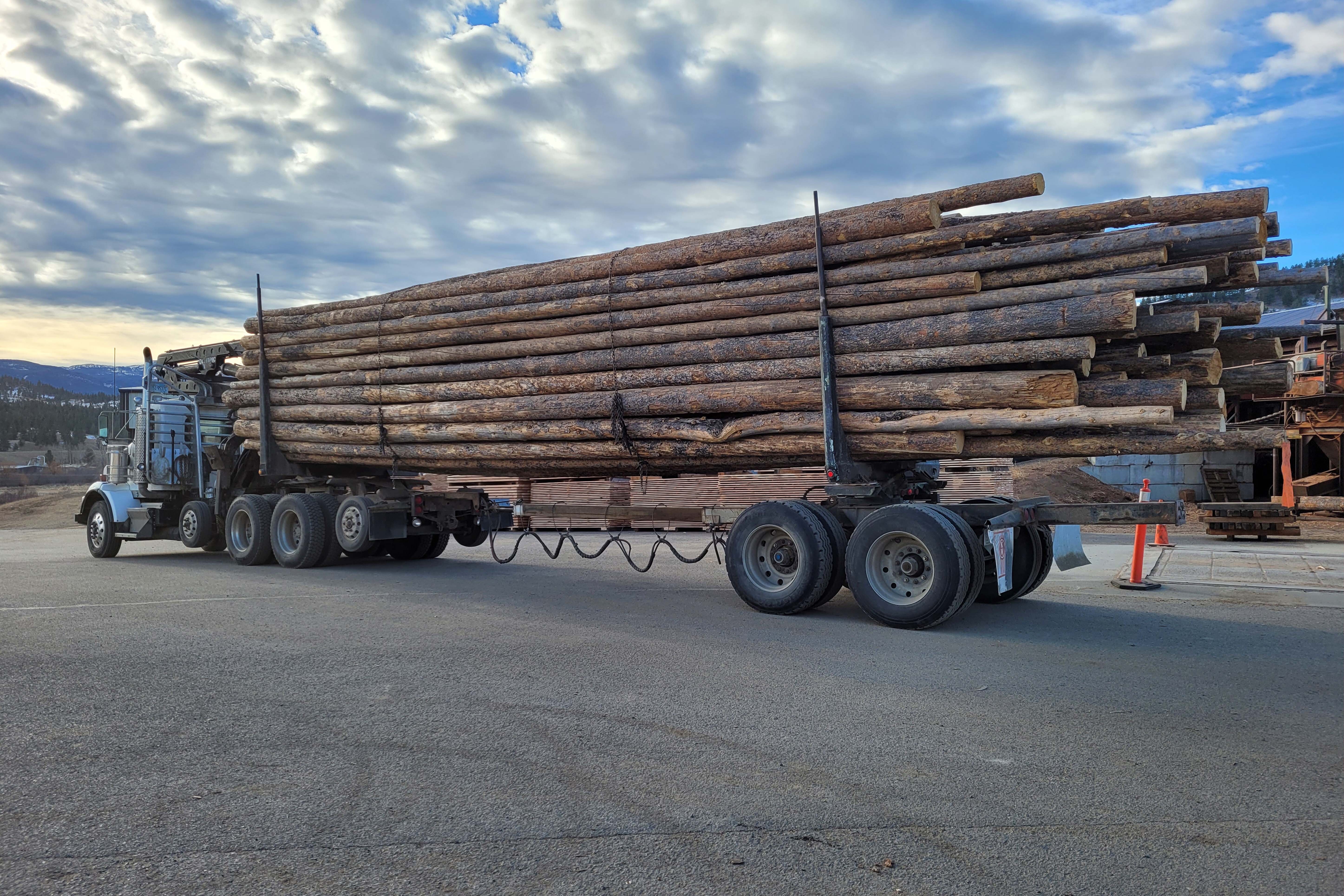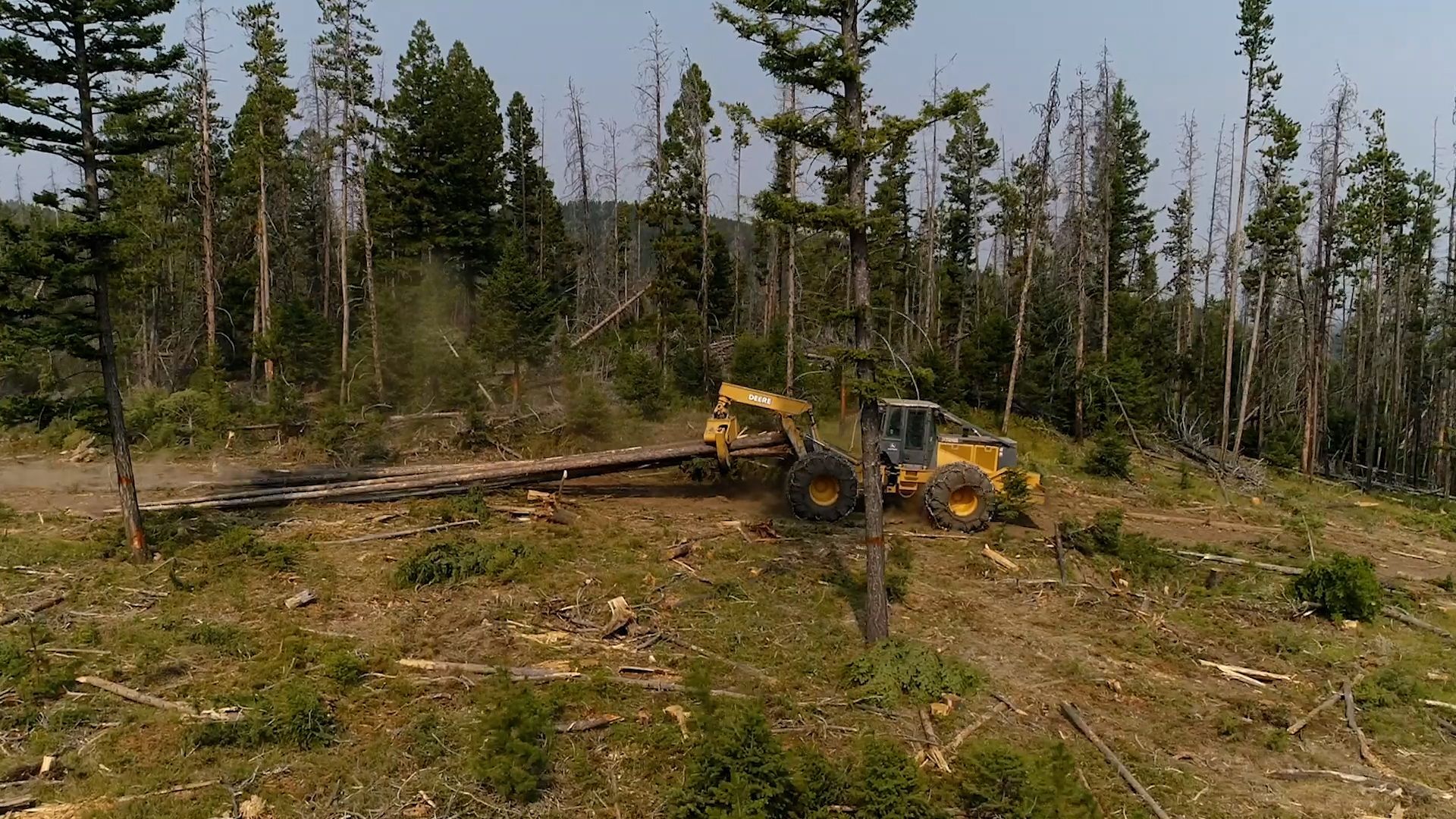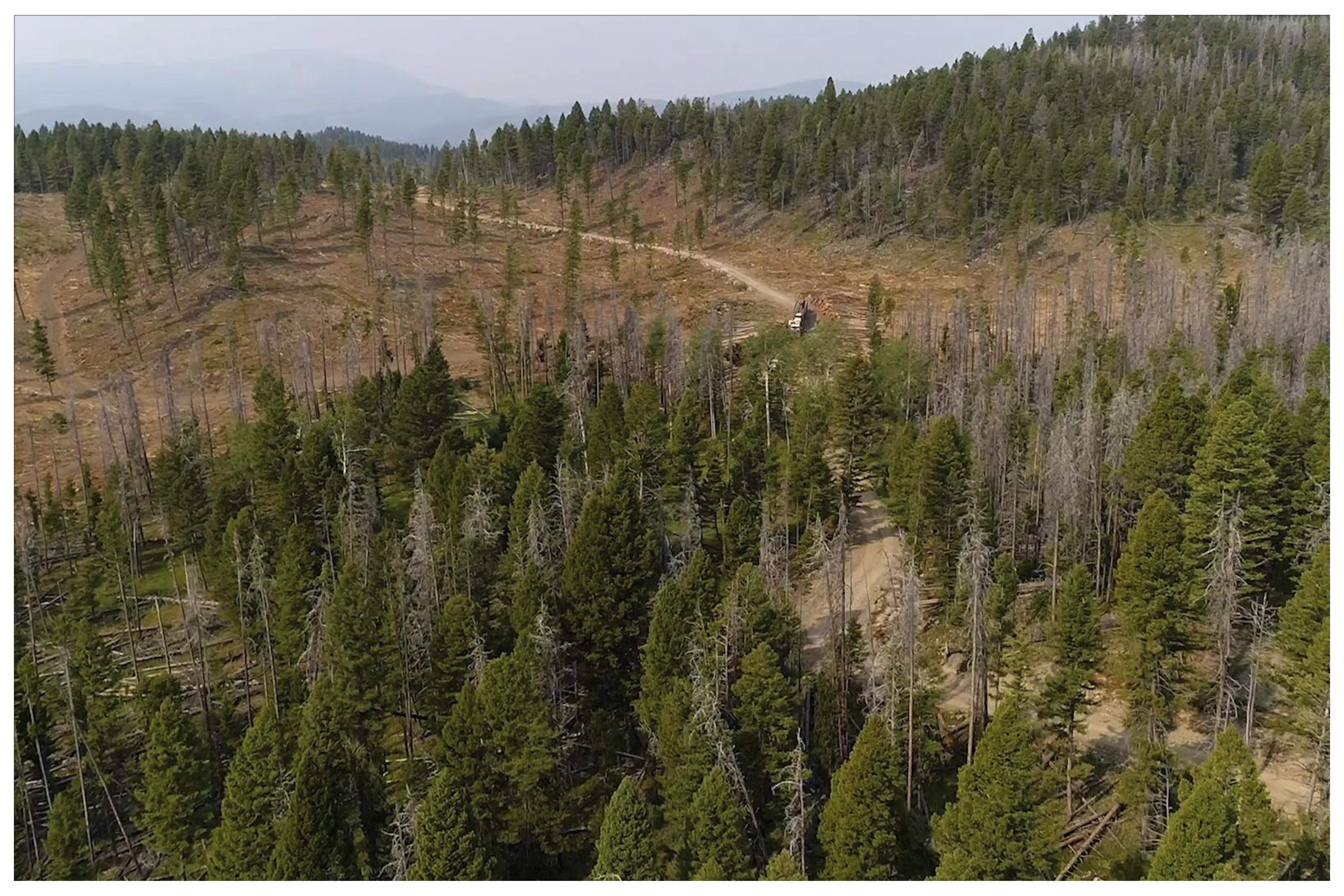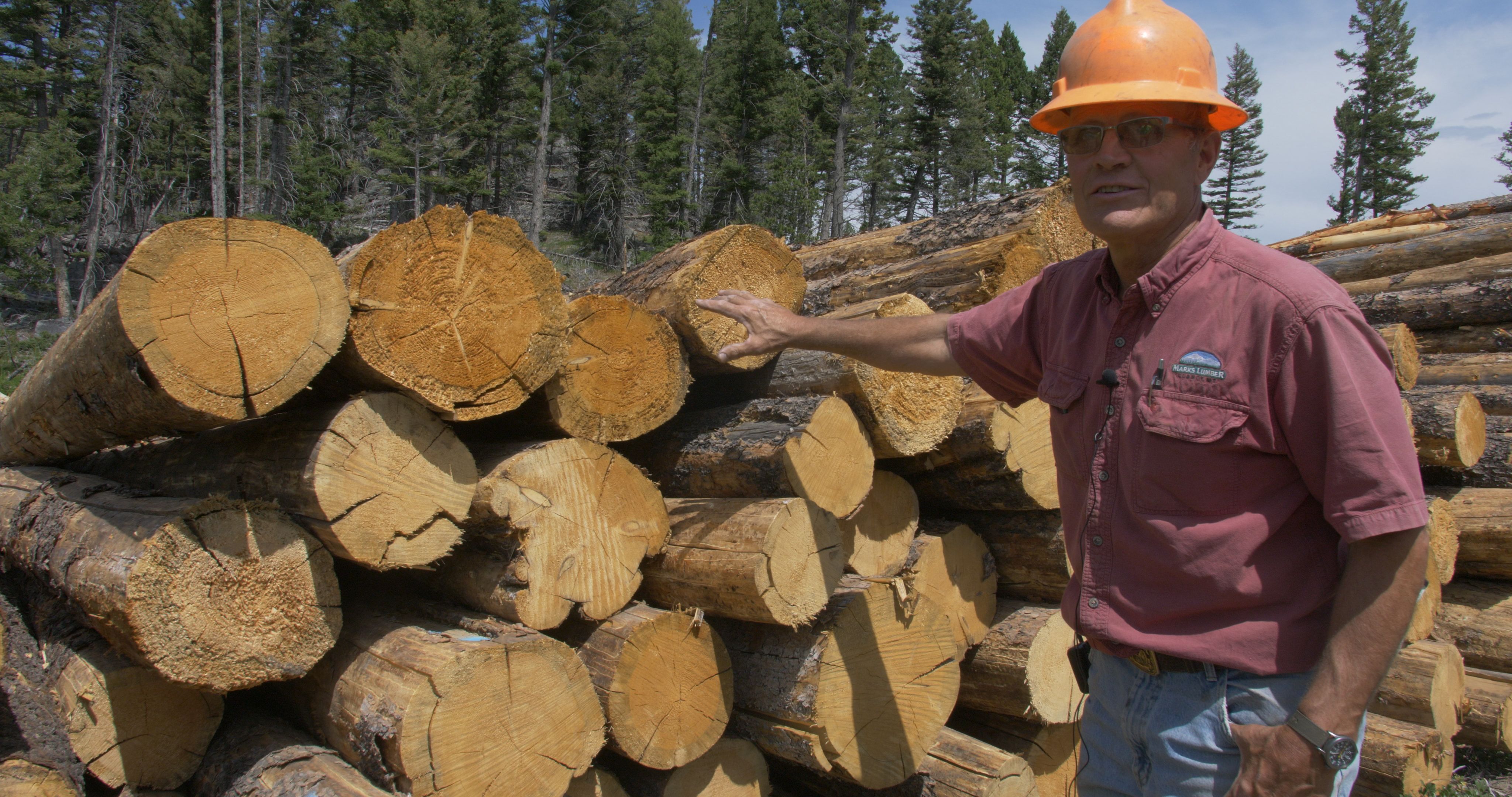At the forefront of our attempts to find the most environmentally friendly building materials are wood products. Wood, unlike its concrete and steel alternatives, is a renewable resource that stores carbon even after it is manufactured and turned into finished wood products. Yet, there are still areas of improvement that have been identified within the timber products industry. One of which is reducing transportation emissions by sourcing local wood. Buying and sourcing local wood helps reduce transportation emissions created by the timber products industry, thereby reducing our overall carbon output and making wood an even more competitive green building material.

Reducing Transportation Emissions
Reducing transportation emissions from forests to mills is an essential part of minimizing carbon emissions produced by the timber industry. In fact, according to Changes in Timber Haul Emissions in the Context of Shifting Forest Management and Infrastructure, “Transport can represent more than 50% of all fossil carbon emissions related to forest management [...] While timber transport may represent a significant “cost” of sequestering carbon in harvested wood products, the magnitude of haul emissions clearly vary in relation to the distance timber must travel to reach mill facilities.” While it may sound easy enough to keep timber local and reduce transport emissions, there are some challenges we need to overcome to do so.

Challenges in Timber Transport
Over the past few decades, mill capacity in the U.S. has drastically decreased due to high log prices, the inability to harvest timber in an appropriate timeframe, economic challenges associated with the Great Recession, and loss of fiber caused by catastrophic wildfire and insect infestation. With fewer mills to process logs into timber products, the distance between harvest sites and processing facilities inevitably increases, creating more greenhouse gas emissions and higher product prices.
Montana is fortunate to have such a strong and viable timber products industry and the mill capacity to support forest management objectives and help keep local wood local. Last year, during the Joint Subcommittee on Natural Resources and Transportation at the 67th Legislative Session, Julia Altemus, the Executive Director of the Montana Wood Products Industry spoke on the state of the industry moving forward.
"We're not running at full capacity, and we definitely have the ability to ramp up and would love more fiber to increase employment because there is more capacity there," Altemus said. "We definitely rely on supply. We have a lot of inventory. There are a lot of trees out there, but that steady supply of timber is really, really important to make those investments."
Having ample mill capacity gives Montana an advantage that assists in creating more sustainable material and healthier forests.

Keeping It Local
In an attempt to shed light on this issue and promote local wood products, new initiatives have come forth that are attempting to cut down on transportation emissions and show support for rural communities and economies. Forest to Frame, a concept similar to Farm to Table, helps emphasize the importance of where our wood comes from. Forest to Frame – or in Marks Lumber’s case, Forest to Flooring – focuses on keeping local wood local, minimizing transportation emissions, and reducing our overall carbon footprint.
There are a number of benefits to sourcing local wood from local suppliers that reach beyond the possibility of reducing greenhouse gas emissions. Sourcing local wood can also:
- Restore and maintain healthy local forests
- Reduce the risk of catastrophic wildfires in your neighborhood
- Reduce the risk of insect infestation, and disease outbreaks in nearby forests
- Help improve air and water quality
- Bolster economic vitality and forge a connection between rural and urban economies

Marks Lumber Leading the Way
At Marks Lumber, owner Steve Marks understands the importance of actively attempting to source local wood and is dedicated to applying this philosophy. Every log Marks Lumber buys has been harvested locally and in an environmentally friendly fashion, following Montana Forestry’s Best Management Practices. In fact, our current logging project exemplifies Marks’ desire to reduce transportation emissions and restore forest health.
Located just south of Helena, MT, is an area known as the Brooklyn Bridge recreation area. In March of 2020, Marks Lumber joined an important public-private partnership with the U.S. Forest Service and the Department of Natural Resources and Conservation to help restore the Brooklyn Bridge area. The project is located less than 20 miles away from our manufacturing facility – an opportunity that Steve Marks could not pass up, despite the low ratio of potential sawlogs in the area.
The area’s close proximity to Marks Lumber not only made the project make sense economically but also helps to minimize our environmental impact while we work to clean up an area identified as “high-risk” of catastrophic wildfire. Currently, approximately 76% of logs removed from the Brooklyn Bridge area are taken to Clancy for processing, while the remaining 24% have been hauled to Deer Lodge.

A Challenge Worth Taking On
Changes in mill infrastructure and forest management practices make reducing transportation from forest to mill a unique challenge. Despite this challenge, manufacturers and consumers can still play an active role in reducing transportation emissions and the overall impact of the timber products industry. Buying local wood not only helps minimize the environmental impact of the timber products industry but also helps create healthy local forests and reduces the risk of catastrophic wildfire in our neighborhoods.
